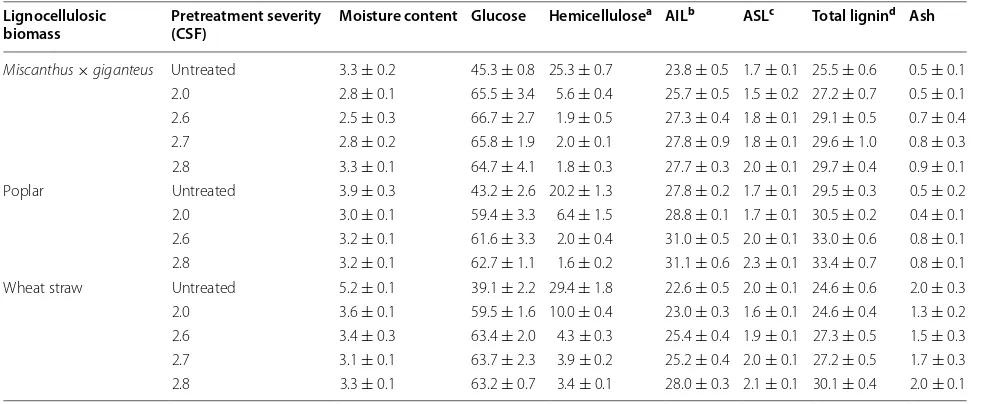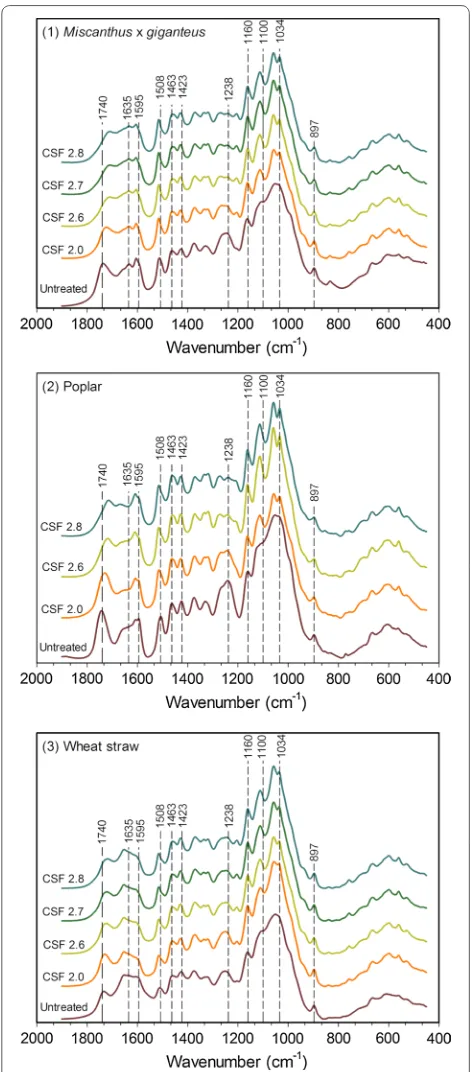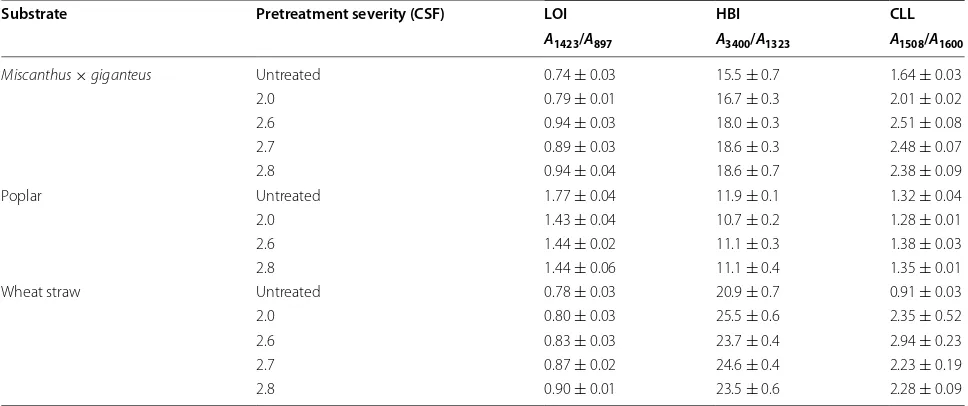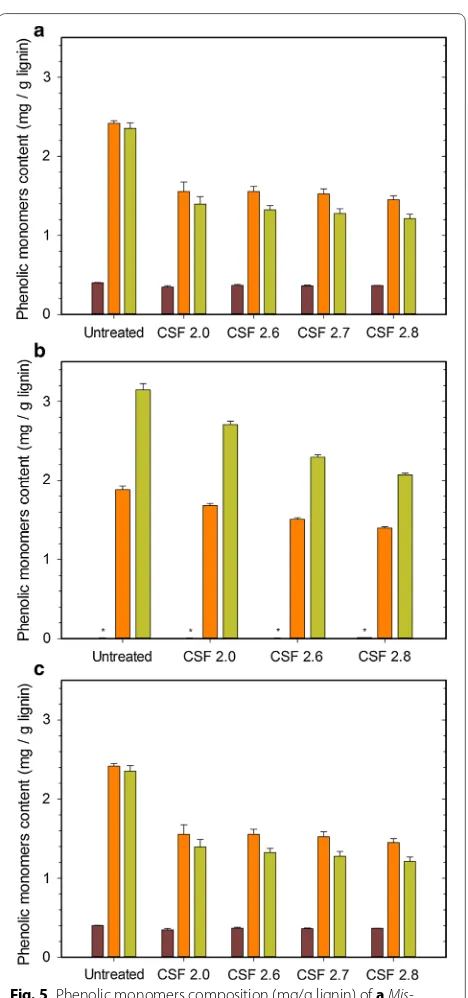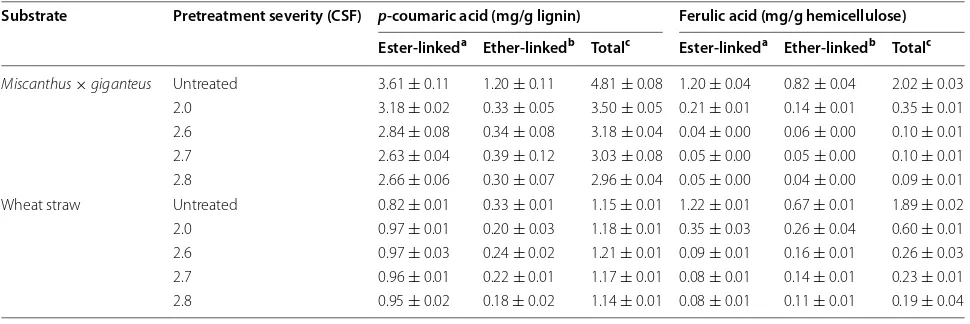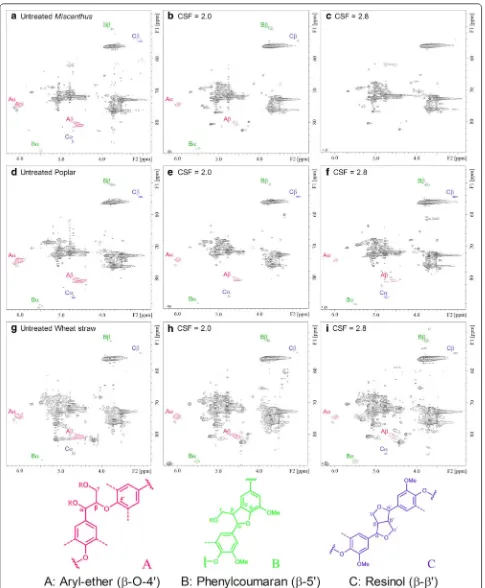Understanding the structural and chemical changes of plant biomass following steam explosion pretreatment
Full text
Figure
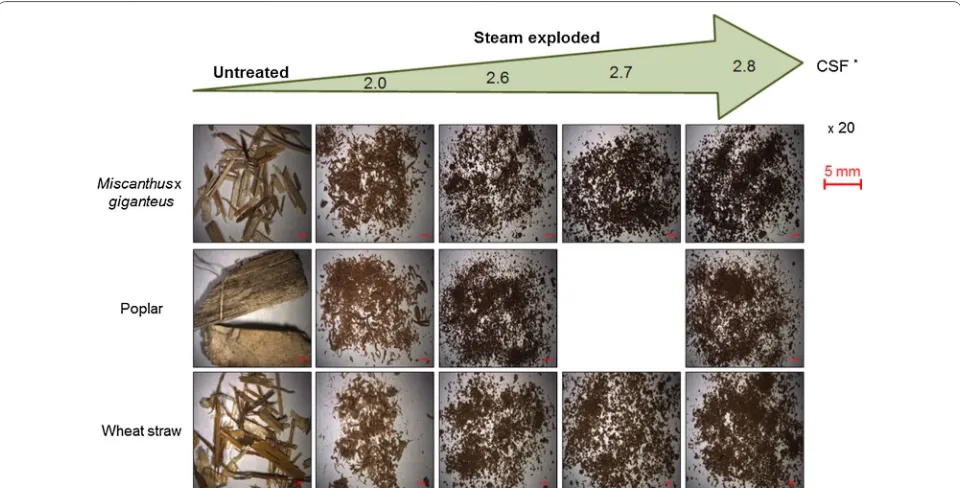
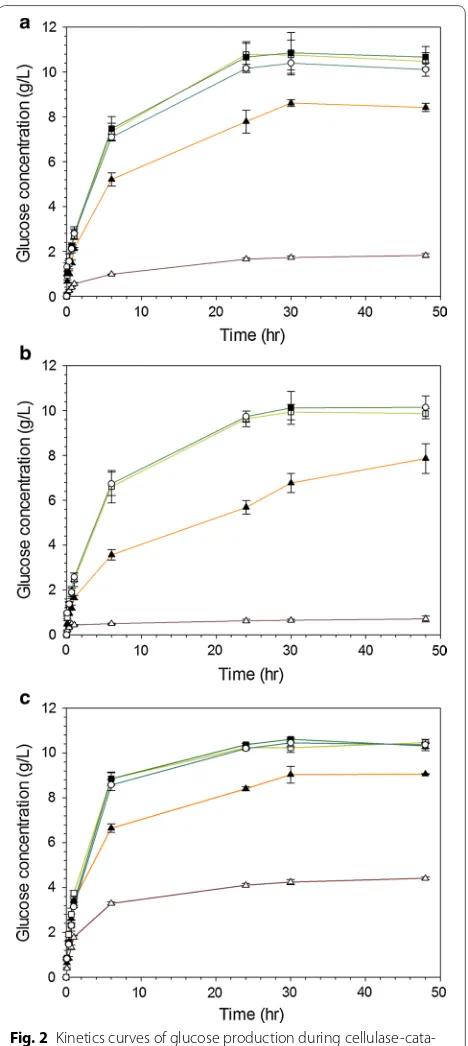
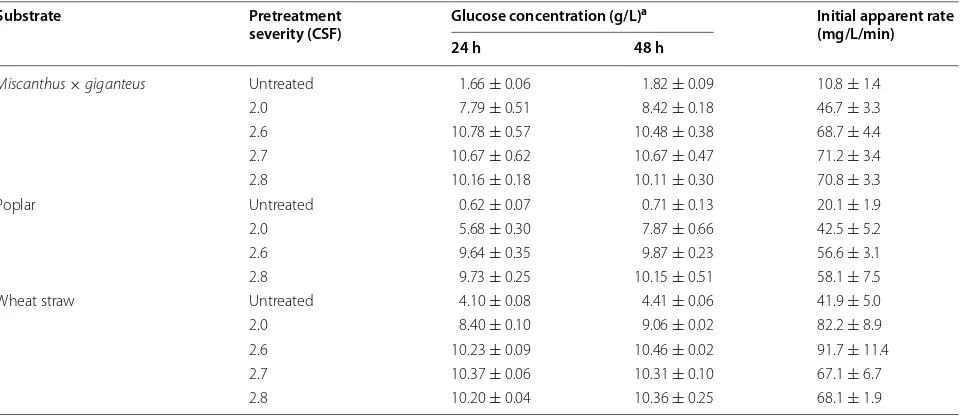
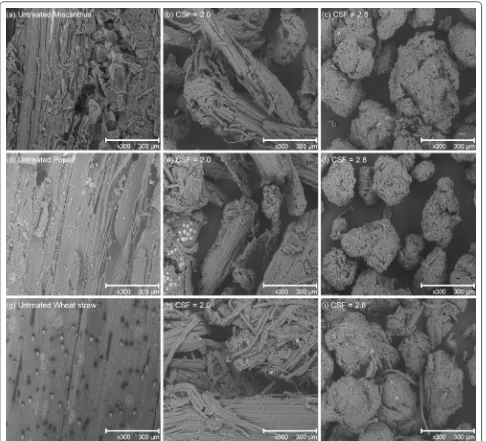
Related documents
Gerry (2005) sums up the history of ICTs in education by explaining that the period from 1981 to the current age has seen the educational use of com- puters developing from
This SPECT/CT was performed in order to explore a left knee joint pain persisting after an intercondylar eminence fracture occurred several months ago. A focal intense uptake of
Our extension is twofold: first, the object boundaries are deter- mined directly in the PET data and second, for each voxel in the spill-out region a local background is
Although reusing words from the slide or the shared text area was useful, students still had to enter most of their notes using the soft-keyboard on the PDAs.. Most of these PDA
The study will develop a model taking into account many factors including building construction and thermal comfort, renewable resources (Wind, Geo-thermal, Solar and Biogas)
In view of the fact that the fixed point theory provides an efficient tool in many fields of pure and applied sciences, we use the notion of the property E.A to prove a common fixed
Curtin University was invited to be part of an international Global Communications (GiobCom) project where s tudent s from 12 different universities , II countries (USA,
